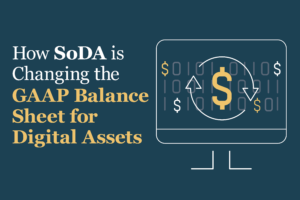How to Determine What to Include in Your Plan

Alyssa Adams
Chief Financial Officer
December 14, 2021
Your year-end planning process may look different depending on the stage of your company. Follow these tips to determine what you should include.
Pre-Seed Stage
If you are in the pre-seed stage or just getting started, you likely will not have a lot of history to inform your plan. So planning at this stage will be based on a combination of benchmarks and company goals. You will also likely be planning at a higher level. However, at a minimum, you should plan your revenue, gross margin or unit economics, and your profit & loss report, which will likely be cash-based and focused on cash inflows and outflows of your business. Taken together, this will inform your cash runaway, which is when your business will run out of money and you’ll need to seek new financing options.
Seed Stage or Later
If you are in the seed or later stages, your budget should be based on actual results. This requires a deeper dive into your numbers, including revenue drivers and metrics specific to your industry. For example, a DTC company may consider ad spend and customer acquisition costs when projecting their revenue. At this point, you’ll want accrual-based financials and will plan not just your P&L but your balance sheet and cash flow statement.
Your Roadmap for Success
Remember, your budget or forecast serves as the roadmap to your business’s financial goals. Planning should be done annually, and reforecasting can be done biannually, quarterly, or even monthly depending on your business progress, needs, and goals. Reach out to Propeller for more insight on year-end planning or to discuss any of your finance and accounting needs.



